Some Energy Forecasts Are Aspirational

/
Long term energy forecasts are nowadays subject to a partisan test by many readers based on whether or not they project a rapid energy transition. The biggest oil and gas producers such as Exxon Mobil and Shell understand that the media interprets their published long run energy forecasts as reflecting their capex criteria. The result is a set of projections leavened with cheerleading for renewable energy, leaving the reader to separate the two.
The International Energy Agency (IEA) recently published their 2022 World Energy Outlook, and for the first time it projects a peak in natural gas consumption around 2030. The shift is caused by the loss of Russian exports to Europe, which has driven prices for LNG higher. The EU will import over 1.7 Trillion Cubic Feet (TCF) of additional LNG this year. This has caused many regions, including the EU, to turn to rely more on coal, as a workable alternative to high natural gas prices. But over the next decade, the IEA has increased its forecast of solar and wind power generation too.
The IEA’s base case is the Stated Policies Scenario (STEPS) which assumes current policies continue. Other scenarios envisage new policies, including a set consistent with achieving zero emissions by 2050. The world isn’t even consistent with STEPS, although it remains the most plausible of the IEA’s three scenarios. Including more extreme outcomes allows the IEA to be an energy transition champion if not an unbiased forecaster.
The 2022 Outlook includes many useful facts: this year fossil fuel producers have enjoyed a $2TN jump in net income (a “windfall”) versus 2021; governments have committed over $500BN in tax breaks and energy subsidies to households, hence the trend towards taxing windfall profits in Europe. Permitting and construction of overhead electricity transmission lines can take up to 13 years, with developed countries often the slowest. 75 million people who recently gained access to electricity are likely to lose it this year.
How likely is the IEA STEPS to be right?
The US Energy Information Administration (EIA) sees consumption of all energy sources increasing. They see renewables output more than doubling over three decades and gaining market share. Rising energy consumption to support higher living standards in the developing world is the dominant theme. The EIA sees global energy consumption rising by over 40%, a 1.2% annual rate of increase. This is slower than the 1.9% annual rate of increase the world experienced in the decade (2009-19) leading up to Covid.
By contrast, the IEA STEPS outlook based on existing policies projects a growth rate collapsing to under 0.3% per annum. There is no basis in history to support this. It implies a much longer path to the rising living standards that are the aspiration of developing countries. Their other scenarios assume almost no growth and an actual decline.
In 2020 the world’s ten year growth rate in energy consumption dipped to 1% pa for the first time in several decades because of Covid. Last year’s 5.8% annual increase brought the ten year growth rate back up to 1.3%, and it’s likely to edge higher again after this year. Forecasts are becoming less neutral and more aspirational, a form of political correctness at large organizations that requires more skeptical reading. In BP’s projections of global energy consumption, their three scenarios are called Accelerated, Net Zero and New Momentum. Their projected annual growth rates are 0.3%, 0.1% and 0.6% respectively.
The EIA, an agency of the US Department of Energy, provides the most plausible growth rate of the three. Accepting even the most realistic forecasts of the IEA or BP suggests billions of poor people acquiescing to constrained improvement in living standards.
Meanwhile Shell sees a bright future for LNG.
The chart showing a sharp drop in EU wind turbine orders illustrates some of the challenges facing that industry. Russia’s invasion could have been a big boost for wind (watch Why Aren’t Renewables Stocks Soaring?), but companies are struggling to make a profit.
The Economist magazine is projecting an increase in deaths this coming winter, with even a mild winter causing a seasonally adjusted rise. Such are the consequences of Europe’s failing energy strategy.
Lastly, Tellurian CEO Sharif Souki is the subject of a WSJ article that examines his failure to repeat the success he enjoyed at Cheniere (see US Natural-Gas Pioneer Struggles in His Second Act). Souki is a visionary, but he’s been handsomely paid for not delivering. We highlighted this “pay for performance in advance” in a recent video (see What’s Next For Tellurian?).
Souki admitted recently that his mistake had been to retain the price risk on shipped LNG. He’s bullish on prices, but lenders don’t share his enthusiasm for the risk. Conventional LNG projects charge a liquefaction fee that largely leavers the price risk with the buyers and sellers.
Although Tellurian has been forced to adjust its business model, Souki’s expectation for continued growth in energy demand from emerging economies looks realistic to us. Forecasters such as the IEA might benefit from considering it.

Important Disclosures
The information provided is for informational purposes only and investors should determine for themselves whether a particular service, security or product is suitable for their investment needs. The information contained herein is not complete, may not be current, is subject to change, and is subject to, and qualified in its entirety by, the more complete disclosures, risk factors and other terms that are contained in the disclosure, prospectus, and offering. Certain information herein has been obtained from third party sources and, although believed to be reliable, has not been independently verified and its accuracy or completeness cannot be guaranteed. No representation is made with respect to the accuracy, completeness or timeliness of this information. Nothing provided on this site constitutes tax advice. Individuals should seek the advice of their own tax advisor for specific information regarding tax consequences of investments. Investments in securities entail risk and are not suitable for all investors. This site is not a recommendation nor an offer to sell (or solicitation of an offer to buy) securities in the United States or in any other jurisdiction.
References to indexes and benchmarks are hypothetical illustrations of aggregate returns and do not reflect the performance of any actual investment. Investors cannot invest in an index and do not reflect the deduction of the advisor’s fees or other trading expenses. There can be no assurance that current investments will be profitable. Actual realized returns will depend on, among other factors, the value of assets and market conditions at the time of disposition, any related transaction costs, and the timing of the purchase. Indexes and benchmarks may not directly correlate or only partially relate to portfolios managed by SL Advisors as they have different underlying investments and may use different strategies or have different objectives than portfolios managed by SL Advisors (e.g. The Alerian index is a group MLP securities in the oil and gas industries. Portfolios may not include the same investments that are included in the Alerian Index. The S & P Index does not directly relate to investment strategies managed by SL Advisers.)
This site may contain forward-looking statements relating to the objectives, opportunities, and the future performance of the U.S. market generally. Forward-looking statements may be identified by the use of such words as; “believe,” “expect,” “anticipate,” “should,” “planned,” “estimated,” “potential” and other similar terms. Examples of forward-looking statements include, but are not limited to, estimates with respect to financial condition, results of operations, and success or lack of success of any particular investment strategy. All are subject to various factors, including, but not limited to general and local economic conditions, changing levels of competition within certain industries and markets, changes in interest rates, changes in legislation or regulation, and other economic, competitive, governmental, regulatory and technological factors affecting a portfolio’s operations that could cause actual results to differ materially from projected results. Such statements are forward-looking in nature and involves a number of known and unknown risks, uncertainties and other factors, and accordingly, actual results may differ materially from those reflected or contemplated in such forward-looking statements. Prospective investors are cautioned not to place undue reliance on any forward-looking statements or examples. None of SL Advisors LLC or any of its affiliates or principals nor any other individual or entity assumes any obligation to update any forward-looking statements as a result of new information, subsequent events or any other circumstances. All statements made herein speak only as of the date that they were made. r
Certain hyperlinks or referenced websites on the Site, if any, are for your convenience and forward you to third parties’ websites, which generally are recognized by their top level domain name. Any descriptions of, references to, or links to other products, publications or services does not constitute an endorsement, authorization, sponsorship by or affiliation with SL Advisors LLC with respect to any linked site or its sponsor, unless expressly stated by SL Advisors LLC. Any such information, products or sites have not necessarily been reviewed by SL Advisors LLC and are provided or maintained by third parties over whom SL Advisors LLC exercise no control. SL Advisors LLC expressly disclaim any responsibility for the content, the accuracy of the information, and/or quality of products or services provided by or advertised on these third-party sites.
All investment strategies have the potential for profit or loss. Different types of investments involve varying degrees of risk, and there can be no assurance that any specific investment will be suitable or profitable for a client’s investment portfolio.
Past performance of the American Energy Independence Index is not indicative of future returns.

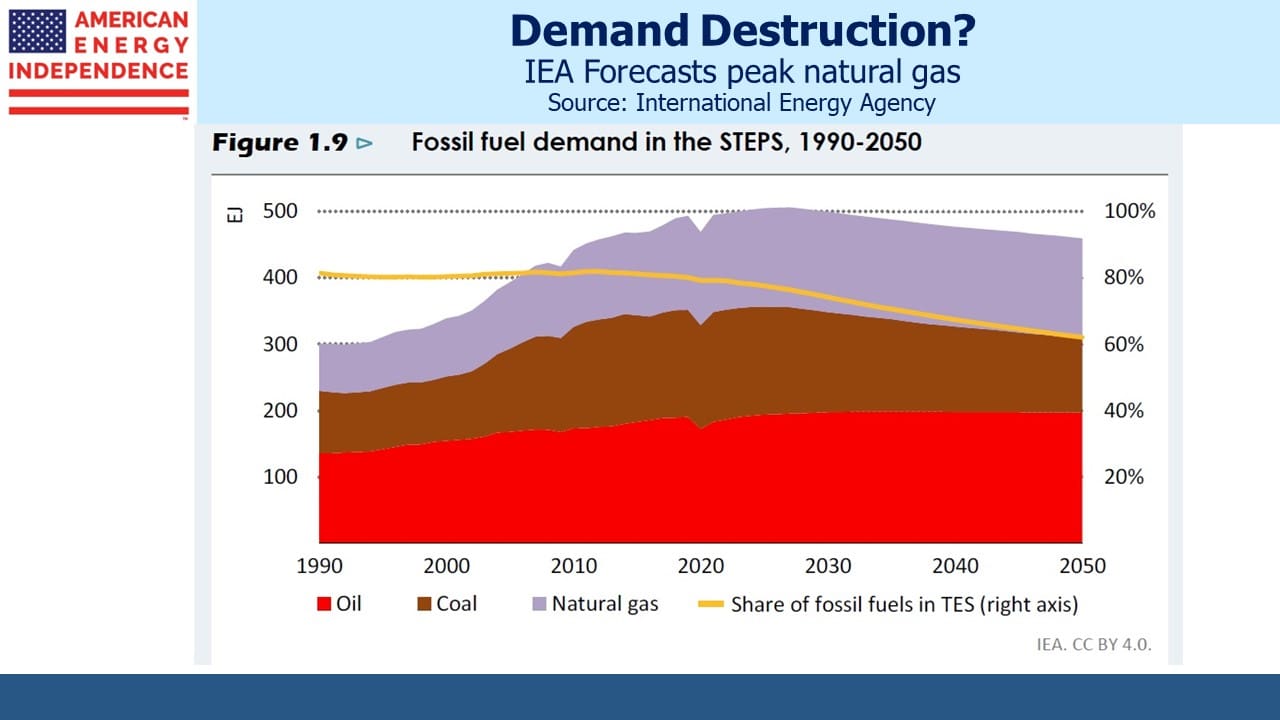

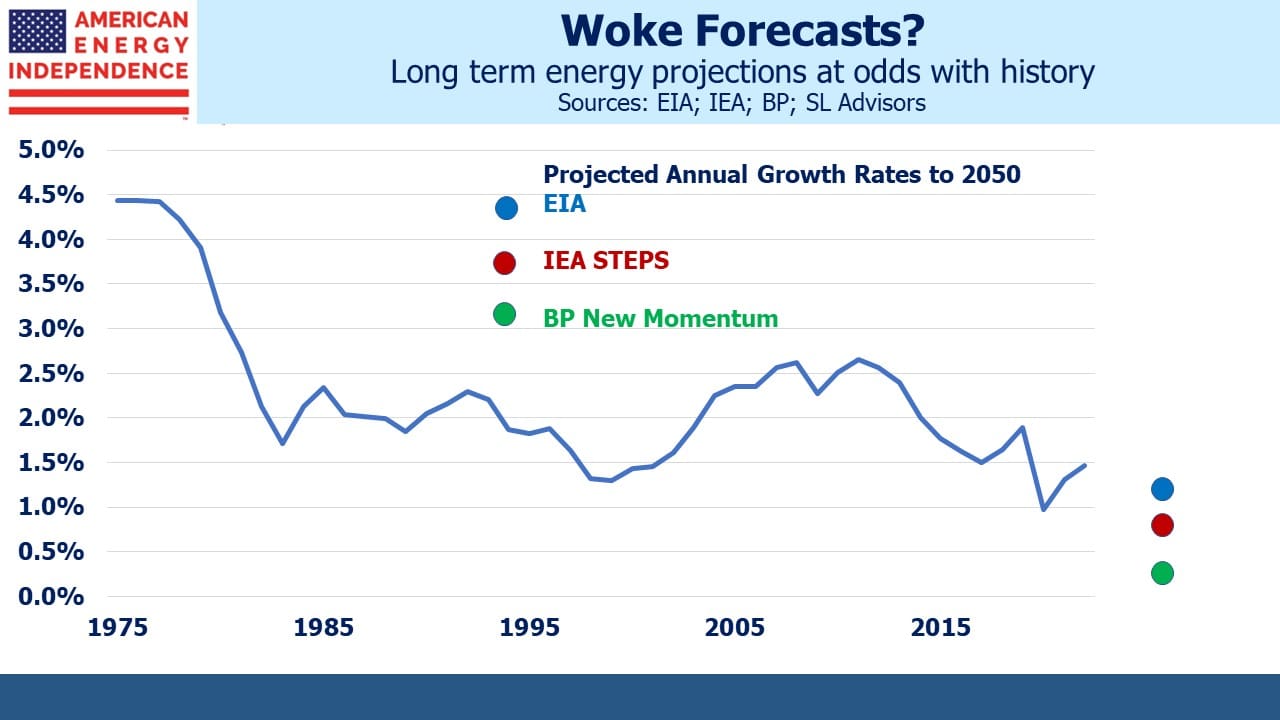
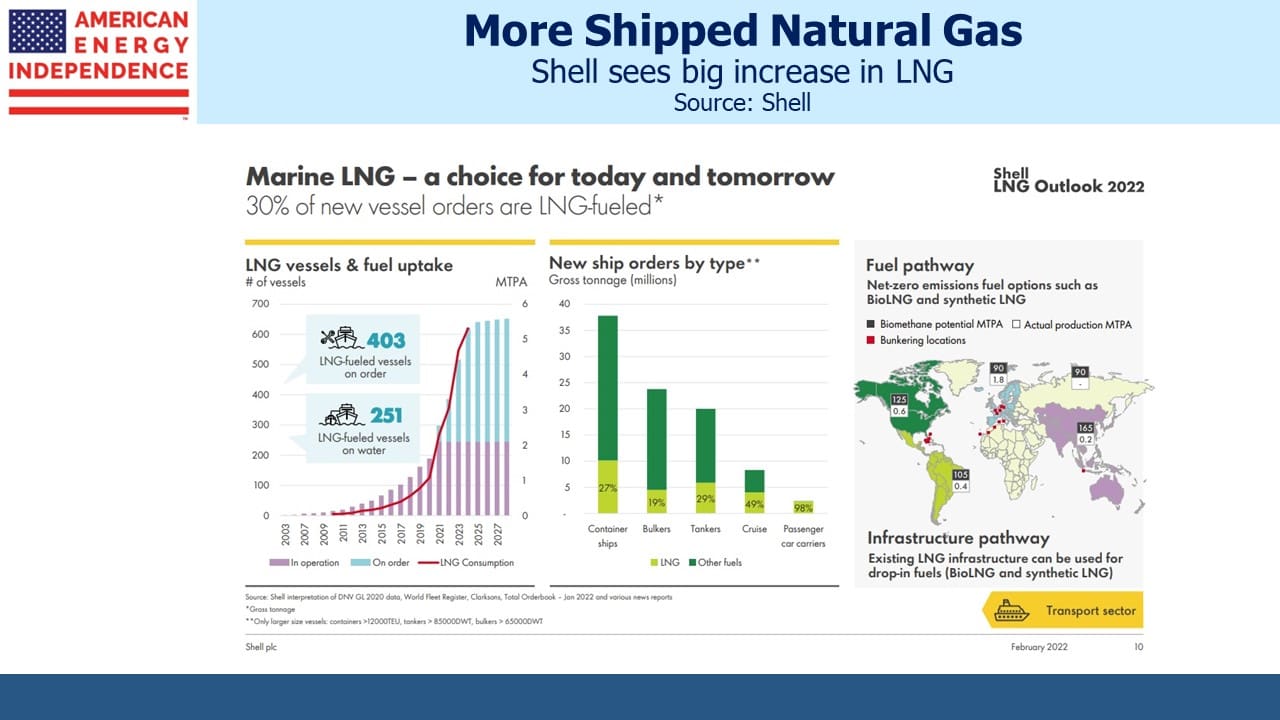
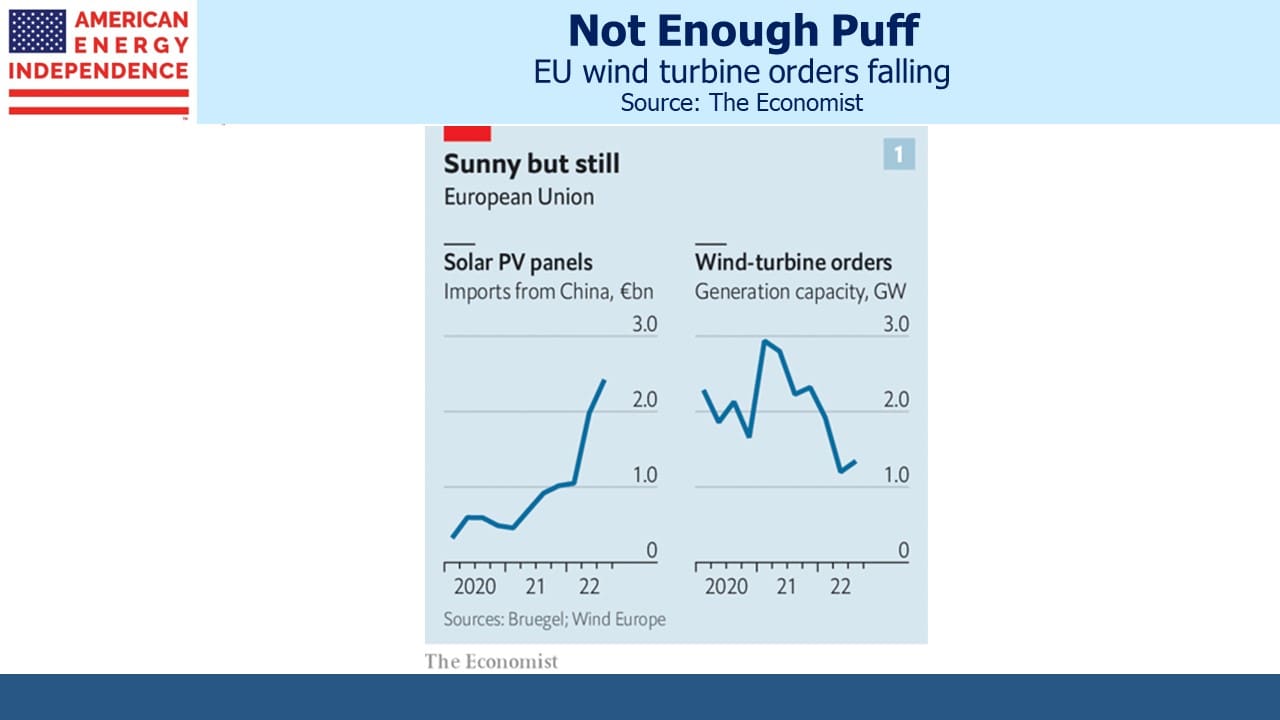
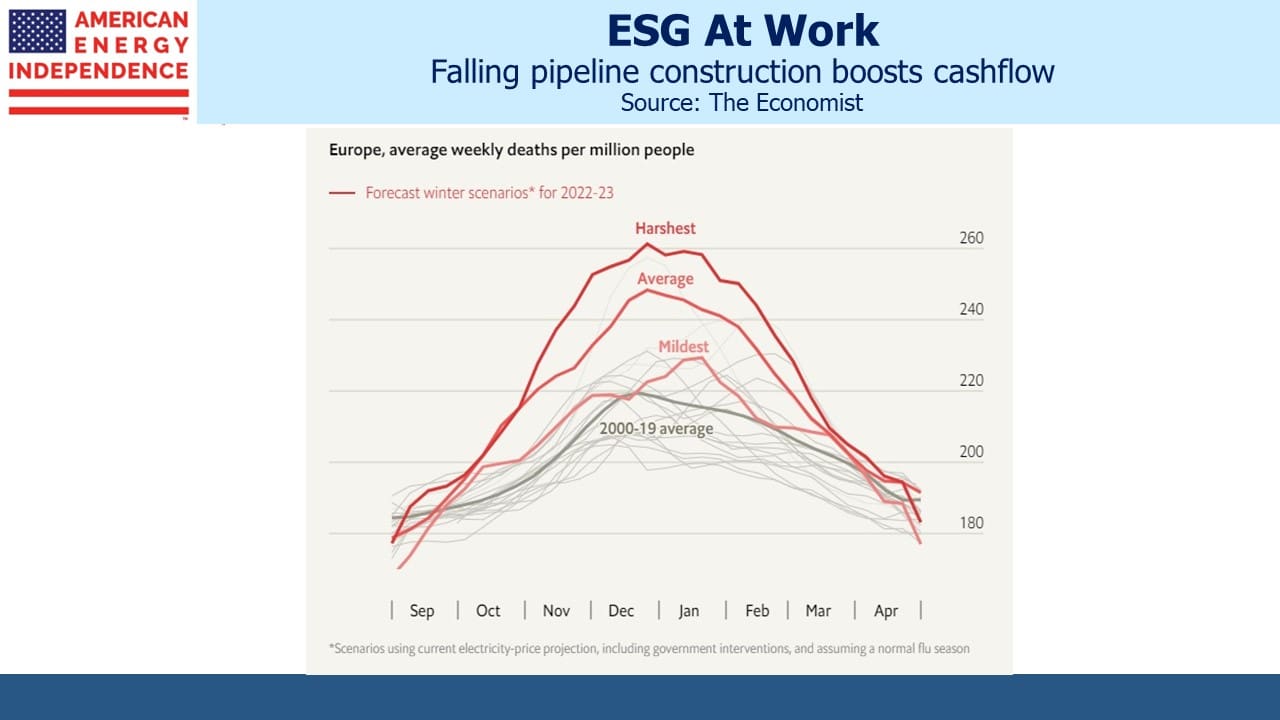

Leave a Reply
Want to join the discussion?Feel free to contribute!